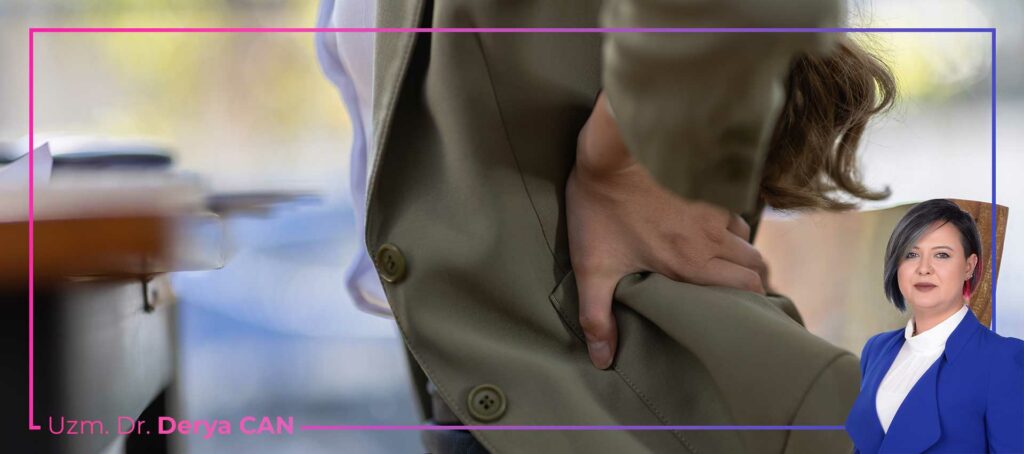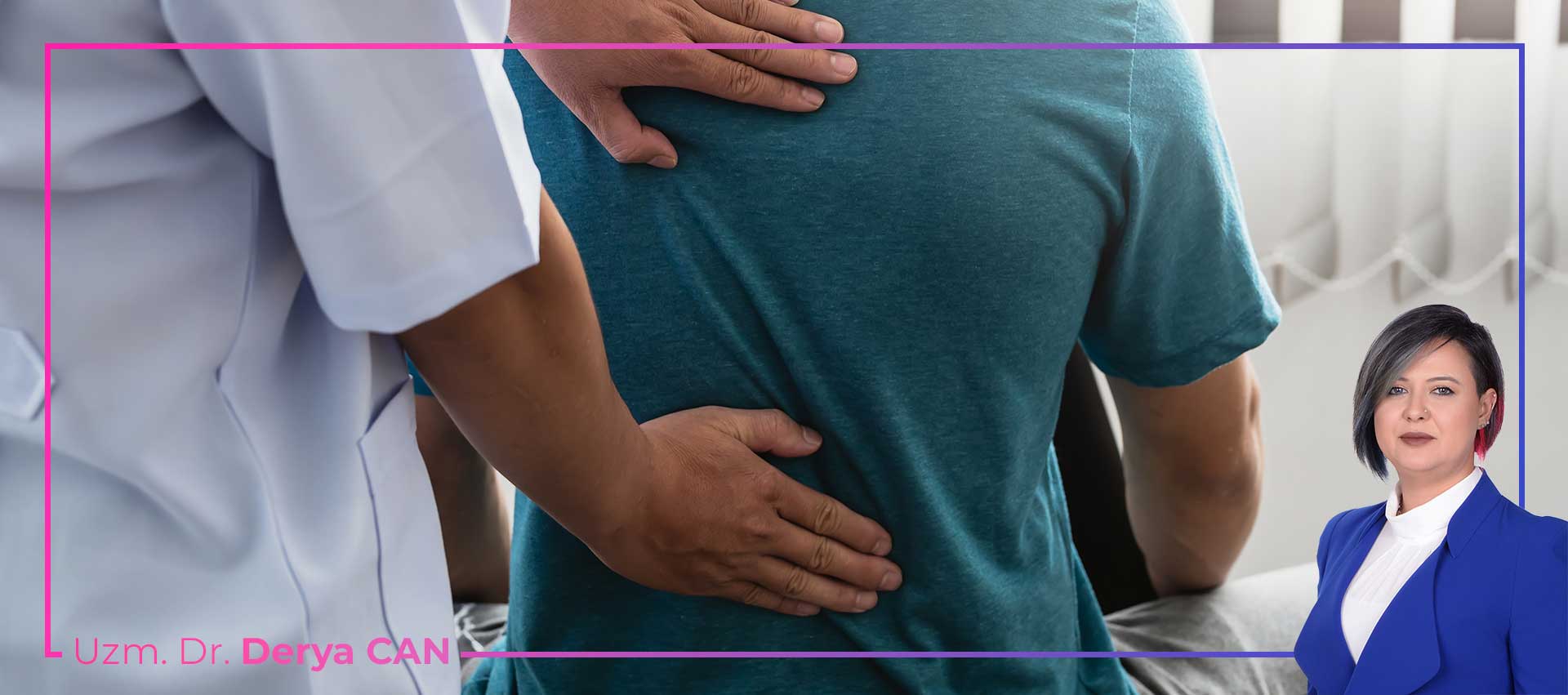Low back pain is one of the most common types of pain today and is often treated with surgical interventions. But do you know that a herniated disc is not the main cause of all low back pain? In this article, we will discuss the causes of low back pain, non-surgical treatment methods and modern treatment approaches such as prolotherapy.
Causes of Low Back Pain
The ligaments that connect the bones in our body carry the body load like a bridge and provide stabilization. Think of the Bosphorus Bridge; even if heavy vehicles pass over it, the bridge does not sway and carries the load. However, if one of the ligaments holding the bridge is damaged, the bridge becomes unable to carry the load and this situation worsens over time. This principle is called tensegrity. After the ligaments comes muscle tissue, which sits on top of the connective tissue and attaches to the bones. Connective tissue is responsible for the movement of joints and stabilization of muscle tissue.
Our spine has joints that connect the vertebral bones and discs that act as shock absorbers between the vertebrae. A herniated disc is when these discs bulge outwards. The cause of herniated discs is the inability of the joints to support the vertebrae. The most feared situation in a herniated disc is when the herniated disc compresses the spinal nerves passing through the spine and the nerves cannot function. In this case, symptoms such as loss of sensation in the leg or foot, hypersensitivity, weakness or drop foot may occur. If a clubfoot occurs, this is a condition that requires urgent surgery.
Non-Surgical Treatment Methods
If there are no emergency conditions requiring surgery—such as foot drop or urinary incontinence—repairing the joints and ligaments that connect the vertebrae may help address the root cause of the problem. In this way, the herniated disc can also be repaired by the body itself, and recurrence can be prevented. However, when surgical interventions only treat the outcome (the herniated disc), the underlying issue remains, and the spine may herniate again over time.
Research has shown that after herniated disc surgeries, the ligaments that hold the spine together are often cut during the procedure, which may result in a painful lower back that lacks herniation but can no longer support the body’s weight. The true cause of disc herniation is the weakness of the supporting ligaments and muscles. If your body lacks strong connective tissue and muscles to carry the load, all the pressure falls on the spine. Over time, the spine becomes unable to bear this load, and the intervertebral discs herniate under pressure.
Herniated discs are not the only cause of lower back pain; conditions such as spinal stenosis and spondylolisthesis (slipped vertebrae) can also lead to similar symptoms.
Low Back Pain Treatment with Prolotherapy
Prolotherapy is a treatment method that promotes the healing of damaged tissues and helps reduce pain. In this approach, a dextrose (sugar water) solution is injected into the affected area. These injections trigger inflammation and stimulate tissue repair, encouraging the formation of new, healthy tissue. As a result, the weakened or damaged areas are strengthened, which can effectively reduce lower back pain.
How Does Prolotherapy Work?
The goal of prolotherapy is to stimulate the healing process of damaged tissues and strengthen structures such as ligaments, tendons, and joints.
The injections trigger the body’s natural healing response, leading to an increase in new collagen production. Collagen is a vital protein that maintains the structural integrity of connective tissues and joints. By promoting the production of new collagen, prolotherapy helps to reinforce and heal weakened or damaged areas.
The Prolotherapy Treatment Process
Prolotherapy is typically administered in monthly sessions. The response to treatment can vary from person to person and depends on the individual’s specific condition. The frequency and number of sessions are determined based on an assessment of the area being treated and the patient’s needs. In general, prolotherapy treatment consists of 3 to 6 sessions, although more sessions may be required in certain cases.

